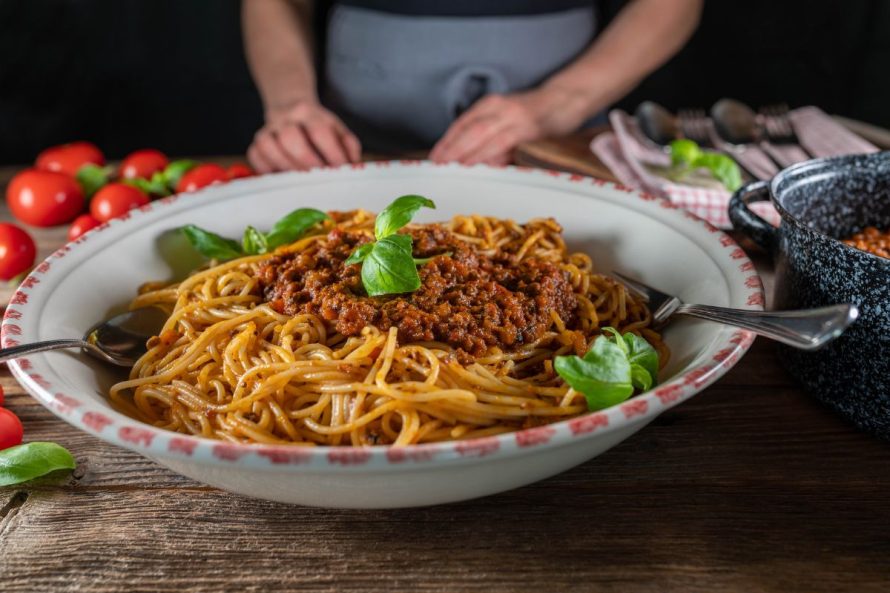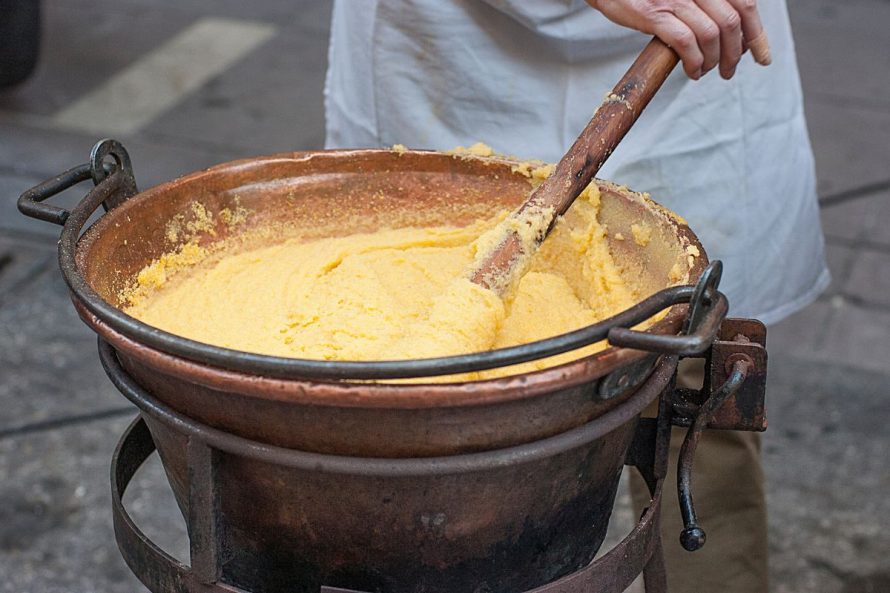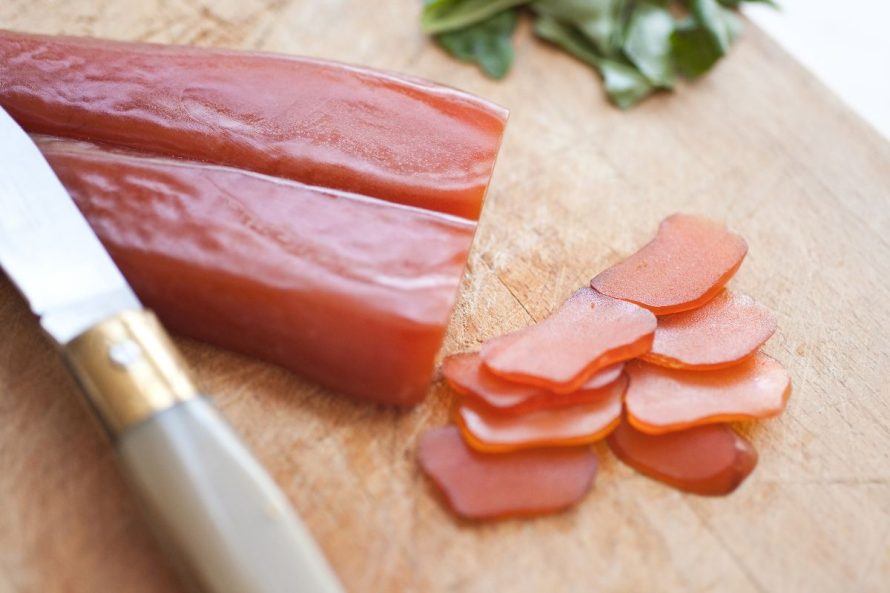Italy’s culinary landscape is as diverse as its geography, with each region boasting unique flavors, ingredients, and cooking techniques that have been perfected over centuries. From the mountainous north to the sun-drenched south, here’s a journey through 15 iconic Italian dishes and their regional origins.
1. Pizza Napoletana — Naples, Campania

The world’s most beloved pizza originated in Naples during the 18th century. Authentic Neapolitan pizza features a soft, thin crust with a puffy cornicione (edge), topped simply with San Marzano tomatoes, fresh mozzarella, basil, and olive oil. This iconic dish has earned UNESCO cultural heritage status and must follow strict preparation guidelines to be considered authentic.
2. Risotto alla Milanese — Milan, Lombardy

This golden, saffron-infused rice dish emerged in Milan during the 16th century. Legend has it that it was created by a stained-glass artist working on Milan’s Duomo who added saffron (used for coloring glass) to rice at a wedding feast. Traditional preparation includes bone marrow, beef stock, and is often served alongside osso buco (braised veal shanks).
3. Pasta alla Carbonara — Rome, Lazio

Despite its worldwide fame, carbonara is a relatively recent addition to Italian cuisine, gaining popularity after World War II. This Roman specialty combines pasta (typically spaghetti or rigatoni) with eggs, pecorino Romano cheese, guanciale (cured pork jowl), and black pepper. Contrary to non-Italian versions, authentic carbonara never contains cream.
4. Pesto alla Genovese — Genoa, Liguria

This vibrant green sauce hails from the coastal region of Liguria, where basil grows abundantly on the terraced hillsides. Traditional Genovese pesto combines fresh basil, pine nuts, garlic, Parmigiano-Reggiano, Pecorino Sardo, and Ligurian olive oil, all pounded together in a marble mortar with a wooden pestle. It’s most commonly served with trofie or trenette pasta.
5. Osso Buco — Milan, Lombardy

Another Milanese specialty, osso buco (“bone with a hole”) consists of cross-cut veal shanks braised with vegetables, white wine, and broth. The marrow in the bone’s center is the prized delicacy, typically enjoyed by scooping it out with a special narrow spoon. Traditional osso buco is garnished with gremolata (a mixture of lemon zest, garlic, and parsley) and served with risotto alla Milanese.
6. Bistecca alla Fiorentina — Florence, Tuscany

This impressive T-bone steak is a Tuscan tradition dating back to the Renaissance. Cut from the loin of Chianina cattle (an ancient Tuscan breed), the steak is at least 3-4 centimeters thick and typically weighs 1-1.5 kg. It’s traditionally grilled over wood or charcoal, seasoned simply with salt and olive oil, and served rare to medium-rare.
7. Tiramisù — Treviso, Veneto

While its exact origins are disputed, with both Veneto and Friuli-Venezia Giulia claiming ownership, tiramisù emerged in northern Italy during the 1960s. This beloved dessert layers coffee-soaked savoiardi (ladyfinger biscuits) with a creamy mixture of mascarpone, eggs, and sugar, finished with a dusting of cocoa powder. The name literally means “pull me up,” referring to its energizing coffee and sugar content.
8. Arancini — Sicily

These golden-fried rice balls are a Sicilian street food staple with origins dating back to the 10th century during Arab rule. Traditional arancini are filled with ragù, peas, and caciocavallo cheese, though countless variations exist across the island. In eastern Sicily, they’re typically conical-shaped (representing Mount Etna), while western Sicilian versions are round.
9. Ragù alla Bolognese — Bologna, Emilia-Romagna

Perhaps Italy’s most internationally misunderstood dish, authentic Bolognese ragù bears little resemblance to the tomato-heavy “spag bol” found abroad. This slow-cooked meat sauce from Bologna combines beef, pancetta, carrots, celery, onions, tomato paste, and white wine.
10. Polenta — Northern Italy

This cornmeal porridge has been a staple of northern Italian cuisine since corn was introduced from the Americas in the 16th century, though similar dishes made from other grains existed since Roman times. Particularly associated with Veneto, Lombardy, and Piedmont, polenta was historically a peasant food that’s now elevated in restaurants. It can be served soft and creamy or cooled, sliced, and grilled, often topped with sauces, cheese, or meats.
11. Cannoli — Sicily

These crispy tubular pastries filled with sweetened ricotta cream originated in Sicily (9th-11th centuries). Traditionally made for Carnival celebrations, cannoli have become year-round treats enjoyed throughout Italy and worldwide. Authentic Sicilian versions feature sheep’s milk ricotta and are often garnished with pistachios, candied fruits, or chocolate chips.
12. Tortellini in Brodo — Bologna/Modena, Emilia-Romagna

These small, ring-shaped pasta parcels are said to have been inspired by Venus’s navel. Both Bologna and Modena claim to be their birthplace, and the recipe is so important that in 1974 the “true recipe” was officially registered and sealed in Bologna’s Chamber of Commerce. Traditional tortellini are filled with a mixture of pork loin, prosciutto, mortadella, Parmigiano Reggiano, eggs, and nutmeg, then served in a clear capon broth.
13. Focaccia di Recco — Recco, Liguria

While focaccia has many variations throughout Italy, this particular version from the small town of Recco in Liguria is distinctive for its paper-thin dough filled with crescenza cheese. Unlike the more familiar type, Focaccia di Recco contains no yeast and is stretched so thin you can almost see through it before being filled with soft cheese and baked until crispy and golden.
14. Bottarga — Sardinia and Sicily

Sometimes called “Mediterranean caviar,” bottarga is made by salt-curing fish roe (typically from grey mullet in Sardinia or tuna in Sicily), then pressing it and drying it for several months. The result is a firm slab that can be sliced or grated over pasta, vegetables, or bread. This delicacy dates back to Phoenician times and represents the Mediterranean tradition of preserving seafood.
15. Cacciucco — Livorno, Tuscany

This robust seafood stew originates from the port city of Livorno and traditionally contains at least five different types of fish and shellfish (one for each ‘c’ in its name). Developed by fishermen as a way to use unsold catch, cacciucco combines various seafood with tomatoes, wine, garlic, and herbs. It’s typically served with toasted bread rubbed with garlic and is emblematic of Tuscany’s coastal cuisine.
Italian cuisine teaches us that the best dishes are often born from regional traditions, local ingredients, and centuries of refinement. While these 15 specialties offer a glimpse into Italy’s culinary heritage, they represent just a small sample of the country’s vast gastronomic landscape, where crossing a regional border can introduce entirely new flavors and cooking techniques.
Now Head to the Best Sandwiches in the USA

America’s sandwich game is strong, with every region offering its own unique take on this classic comfort food. Although the grilled cheese (and tomato soup) might be the most well-known of all American sandwiches, these 15 sandwiches are our regional favorites and must-tries for any food lover.

